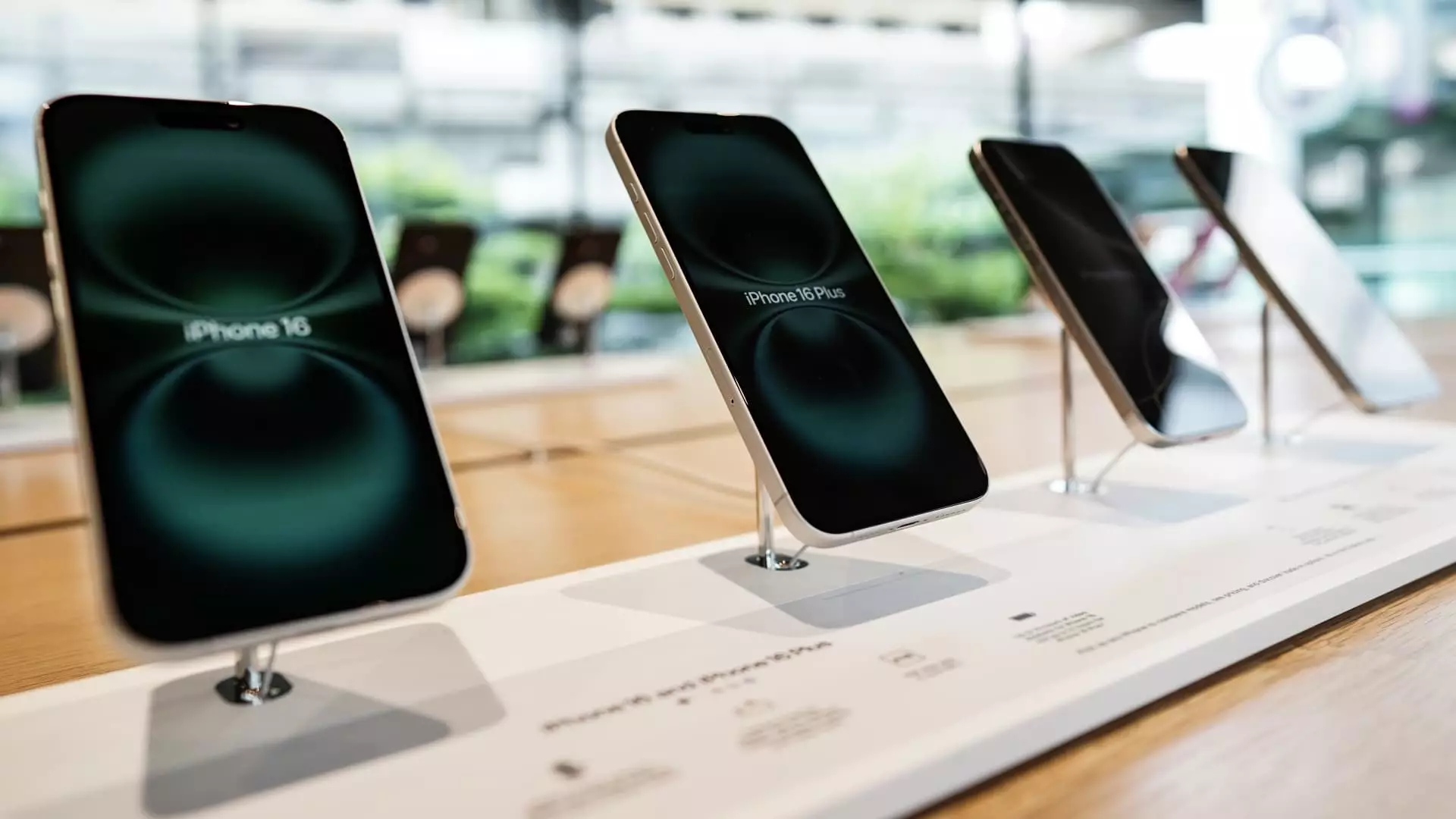Craig Moffett, a distinguished analyst revered for his keen insights into the tech market, has recently voiced a skeptical view on Apple’s potential relocation of iPhone assembly to India. He perceives this move as an unrealistic gamble amidst a complex landscape of tariffs and supply chain intricacies. Moffett’s caution, laid out in a memo to his clients, suggests that simply relocating manufacturing won’t address the core issues at hand. It highlights an essential truth: the allure of India as a low-cost manufacturing hub is riddled with complications that could undermine Apple’s operational efficiency.
To Moffett, moving assembly lines to India is akin to putting a Band-Aid on a festering wound. While he concedes that such a shift could have some limited benefits, the overarching problem lies in the dependencies that Apple has built on its Chinese supply chains. The complexities of a “global trade war” only add to this dilemma, as Apple’s commitment to quality and supply speed outweighs the attractions of moving to a new territory. This brings to light a prevalent issue in the critique of outsourcing: the balance between cost savings and operational realities.
Understanding Tariffs: More Than Just a Bottom-Line Issue
Moffett stresses a critical insight that oftentimes gets overlooked in discussions about corporate relocations: tariffs are not merely a question of numbers, but a matter that permeates through a corporation’s brand and market identity. If components are still manufactured in China, the cost benefits of moving assembly will likely dissipate. The reality is that no matter where the assembly takes place, if the sourcing remains tethered to China, Apple will still find itself ensnared in the same tariff traps that are currently tightening around its profits.
This consideration unravels the simplicity of the dialogue surrounding globalization. While it’s easy to propose that moving manufacturing to a more politically favorable location could lessen the financial blow, as Moffett aptly points out, the consequences are far-reaching. This loss of cost efficiency not only jeopardizes Apple’s market position but risks alienating consumers who are increasingly price-sensitive, particularly in a recovering economy where disposable income is shrinking.
Consumer Demand: The Unseen Casualty
Moffett’s analysis diverges sharply from overly optimistic projections that fail to account for consumer behavior in a changing macroeconomic landscape. He identifies a looming threat of “demand destruction,” a phenomenon where price increases—spawned by tariffs—ultimately lead consumers to re-evaluate their purchasing decisions. His strong assertion that telecommunications giants like AT&T and Verizon refuse to absorb these tariff costs further muddies the waters for Apple. Instead, consumers will bear the brunt, potentially leading to extended intervals between purchases and a slowdown in upgrade cycles, which are essential for a tech company like Apple to thrive.
The implications of this consumer shift are profound. Customer loyalty, once considered an unbreakable bond for Apple, is now at risk. With local competitors in China, like Huawei and Vivo, gaining the upper hand in an increasingly nationalistic environment, Apple may find itself struggling not just with their supply chain, but also with market share. The emotional and cultural ties consumers have toward their devices could wane, particularly in a landscape where alternatives are not only available but aggressively marketed.
A Bleak Outlook for Investors
Moffett’s recalibration of Apple’s stock price target is shocking, slashing it from $184 to $141—a move that sends ripples of concern through investor circles. The implications of such a change are seismic. Moffett’s frank admission that he doesn’t view Apple as a bad company speaks volumes about his stance: it isn’t about the product; it’s about the circumstances. The valuation concerns he raises underscore a reality of market volatility that investors may not be ready to confront.
Furthermore, Moffett’s persistent “sell” rating illuminates an underlying skepticism that is gaining traction among market analysts. The fundamental question remains: can Apple, a brand synonymous with innovation and quality, navigate the unchartered waters of political instability and socio-economic changes? As a central tenet of capitalism insists, the market often rewards adaptability over heartening narratives, and in a tech landscape characterized by swift evolution, such adaptability is essential.
Craig Moffett’s nuanced critique of Apple’s plans to shift assembly to India injects much-needed realism into the conversation. Instead of focusing on simplistic solutions, stakeholders must reckon with the multifaceted challenges that accompany globalization and technological advancement.

